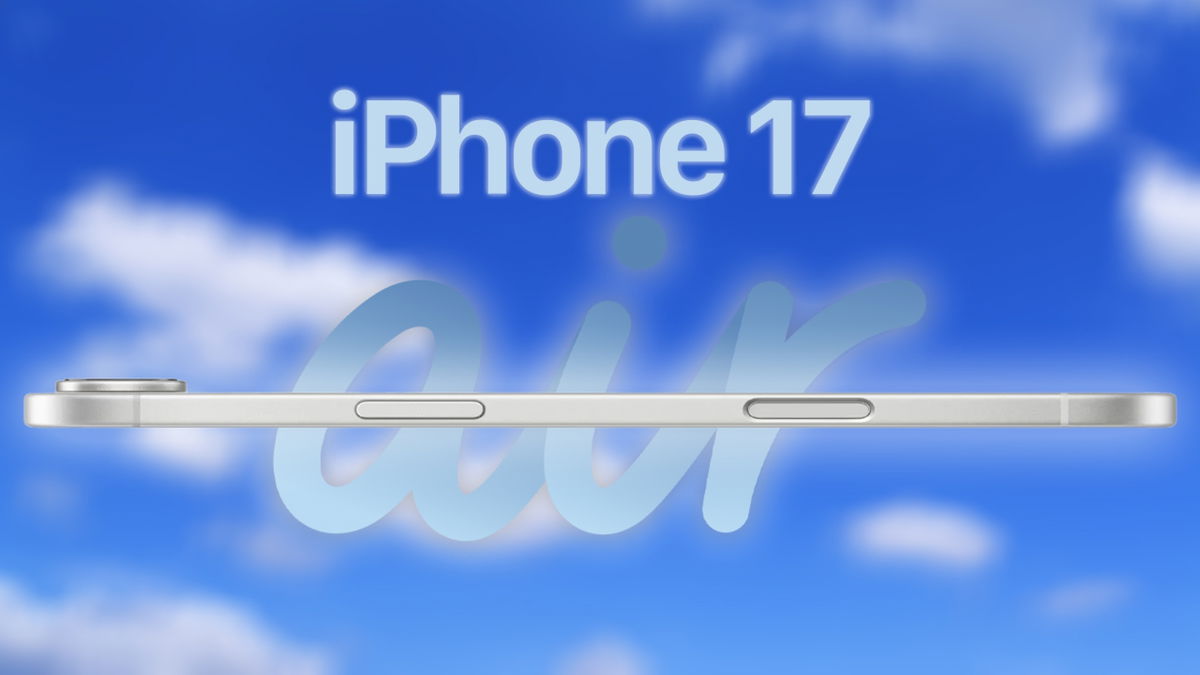When Google announced on Tuesday what its new gadget for connecting to televisions, the Google TV Streamer, would look like, I felt like they heard me: I’d been thinking about it for a long time. a device capable of competing with the most ambitious proposals on the market with the Apple TV or the Fire TV Cube. It met almost all of my wishes: better hardware with more storage, Ethernet, an improved remote control and going further in home automation control.
It is clear that Google’s novelty in televisions is not for everyone, but the magnificent experience that its Chromecast has offered us for years has not been up to the most demanding and intensive users. When its existence was confirmed, I was extremely happy. And the carafe of cold water arrived: Google TV Streamer said hello and Chromecast said goodbye
Not everyone wants a Streamer. They don’t even need one. They’re not even going to pay for it.


I won’t talk about the change in format because well, it’s subjective and if you have space on the TV stand, it’s not a problem, but everything else is, it’s a luxury for those of us who install a lot of apps. More powerful hardware minimizes any lag, even when you push it hard. Being able to control more smart devices with the TV is a win in terms of comfort. Connecting to the Internet via cable is the guarantee of reaching good speeds, essential if you enjoy 4K content. All these features They are luxurious to me, but not to most mortals..
It seems to me that the third-generation Chromecasts are being sold today, that the 4K and HD Chromecasts are not being sold. Quite the opposite. A device that depends on and depends on content launched from the mobile is a delay, but what Chromecasts offer is more than enough in general. In recent years, it is likely that The device I have most suggested to buy is a Chromecast
The Chromecast solved all of the above and did so while providing a good experience at a reasonable price. Normally People have a TV that’s a few years old and all they need is to be able to watch Netflix, Max and similar without too many complications: turn on the TV, a few keys on the remote control and the switch. Many people continue to share accounts, some do not pay for 4K content and many others only watch a few series a week.
Spending 119 dollars for this is a considerable expense, especially since they are not going to get the most out of it, since there are alternatives at more attractive prices (paradoxically, with this movement Google Just Pulled Off the Best Fire TV Marketing Campaign Ever) and that while everything is increasing, TVs are getting cheaper. And I say it, I have a TCL 2020 Smart TV with Android TV that cost me 299 dollars.
A Pro version was needed to compete with the best proposals on the market and enthusiasts, but that’s not the majority of people: for the rest have a good, nice, cheap device to upgrade Its TV was enough. And Google didn’t have to do anything, it simply left its Chromecast HD and 4K on the market. This now leaves a huge void that other manufacturers like Amazon and its Fire TV or Xiaomi and its TV Box S (2nd generation) will take advantage of. Google had the opportunity to attack different segments and let it slip away.
Cover | Enrique Pérez (Xataka)
In Xataka Android | Chromecast is more than meets the eye: seven unusual uses








